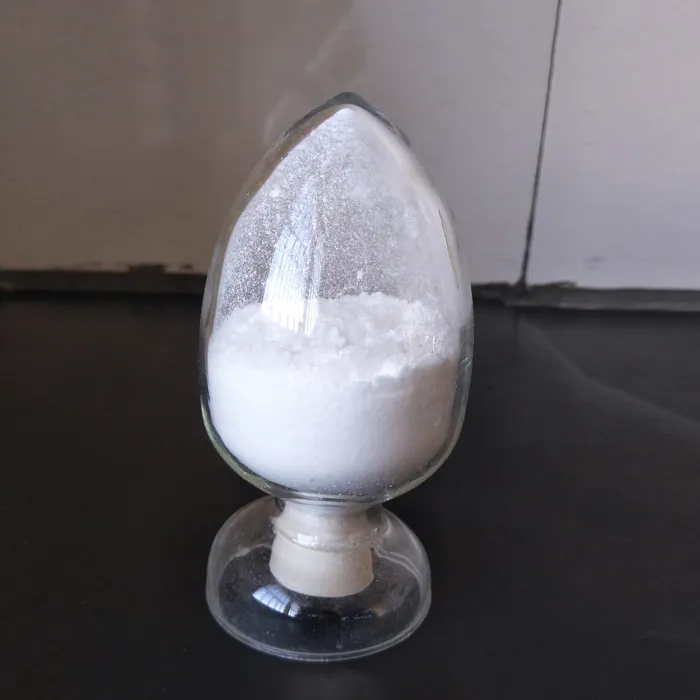The Formation of Polyacrylamide A Comprehensive Overview
Polyacrylamide, a polymer derived from acrylamide monomers, has garnered considerable attention in various fields, including water treatment, agriculture, and biotechnology. Its versatility and effectiveness have made it an indispensable material in numerous applications. This article delves into the formation of polyacrylamide, examining its polymerization process, properties, uses, and environmental considerations.
1. Understanding Polyacrylamide
Polyacrylamide (PAM) is a synthetic polymer primarily composed of acrylamide, a colorless, crystalline substance. Acrylamide is produced through the reaction between propylene and chlorine, leading to the formation of acrylonitrile, which is then hydrolyzed to yield acrylamide. Once obtained, acrylamide undergoes polymerization to form polyacrylamide. The chemical formula for polyacrylamide is (C3H5NO)n, indicating its repeating units of acrylamide.
2. The Polymerization Process
The polymerization of acrylamide can be achieved through several methods, including free-radical polymerization, where external initiators are used to start the reaction. This process generally occurs in an aqueous medium under controlled conditions, such as temperature and pH. The key stages in the polymerization process are
- Initiation Involves the generation of free radicals, typically from initiators like potassium persulfate or ammonium persulfate, which react with acrylamide monomers to start the chain reaction.
- Propagation During this phase, the active chains made up of acrylamide monomers continuously add more monomers, gradually forming longer polymer chains.
- Termination This step occurs when the polymer chains reach a certain length or when the reaction environment is altered, halting further growth. Termination can occur through chain transfer or coupling reactions.
The resulting polyacrylamide can exist in various forms, including anionic, cationic, and nonionic variants, depending on the intended application.
3. Properties of Polyacrylamide
Polyacrylamide is characterized by its high molecular weight, water solubility, and ability to form a gel-like structure. Its physical properties play a crucial role in its application
polyacrylamide formation

- Hydrophilicity The polymer's ability to absorb water makes it effective in applications requiring moisture retention, such as soil amendment
.- Viscosity Modulation Depending on its concentration, polyacrylamide can act as a thickening agent, providing enhanced viscosity in solutions.
- Gel Formation In the presence of cross-linking agents, polyacrylamide can form gels, which are useful in electrophoresis and drug delivery systems.
4. Applications of Polyacrylamide
Polyacrylamide finds usage across various industries due to its adaptable properties
- Water Treatment PAM is extensively used in water clarification processes, where it helps in the aggregation of suspended particles, thus facilitating their removal in settling tanks.
- Agriculture In farming, polyacrylamide serves as a soil conditioner, improving water retention in soil and promoting crop yields. Its unique structure allows it to form a gel that absorbs water, which is then released slowly, benefiting plant growth.
- Biotechnology In the lab, polymer gels made from polyacrylamide are critical tools for electrophoresis, where they allow the separation of biomolecules based on size.
5. Environmental Considerations
While polyacrylamide offers numerous benefits, it raises concerns regarding environmental impact. Acrylamide itself is a neurotoxin and a potential carcinogen. Therefore, careful handling and adherence to safety guidelines are essential during its production and application. Moreover, research into biodegradable alternatives continues, as the persistence of synthetic polymers in the environment poses risks to wildlife and ecosystems.
Conclusion
The formation of polyacrylamide involves a well-orchestrated process of polymerization that grants this synthetic polymer a host of beneficial properties. From water treatment to agricultural enhancement, the applications of polyacrylamide are vast and impactful. However, with its widespread use comes the responsibility to address potential health and environmental risks. Continuous research and development are essential to harness the benefits of polyacrylamide while ensuring safety and sustainability for future generations.

